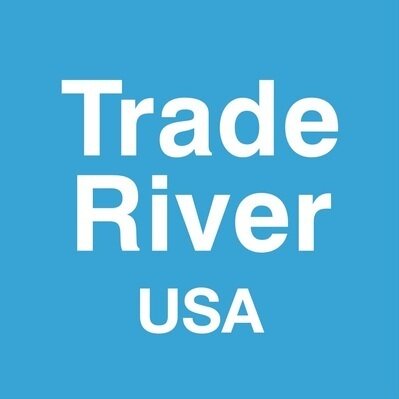Supply Chain Risk: How to Create Value
The societal ramifications of COVID-19 are boundless. While some industries have been impacted more than others, everyone is talking about the same thing: survival. While the pandemic has raised costs and devastated sales, small businesses have been presented with a new opportunity. The outbreak has prompted many companies to take a second look at their bottom line and find new ways to adapt to the shifting landscape. While we transition out of lockdown and navigate our new normal, supply chains must accelerate performance to maximize value and become resilient.
Growing complexities are driving a need to understand the complicated nature of supply chains to cultivate agility -- better anticipation, reaction, and recovery plans. Supply chain resilience is a part of company risk management strategies.
Here are some of the current challenges and opportunities supply chain leaders are managing:
Data
Pull from your resources and leverage data! Many companies can access data from internal sources, social media, and external sources to anticipate trends and inform operations. Create value from data by isolating opportunities to drive efficiency.
Compliance
The supply chain ecosystem has grown increasingly complicated with new rules and regulations. Not to mention, contracts and compliance. It’s essential that companies understand new rules and regulations that apply to them and that they are required to follow. If businesses are unsure of what to comply with, then they have a recipe for disaster on their hands.
Risk
Risk is generally seen through a negative lens and associated with a tool to protect value; however, changing this perspective unlocks new doors to opportunities. It's crucial to identify what true risk variables are to your business and then adapt processes to enable mitigation tactics. Once this is complete, you can begin analyzing trends and the likelihood of future disruptions.
Suppliers
It's important to audit your suppliers often in order to obtain meaningful analytics and data. Assess your suppliers consistently and even more importantly, assess risky suppliers more frequently than suppliers who have less risk. This is an approach to risk that will keep both your company and your suppliers accountable.
Risk management is not just about setting up processes and governance models. It entails agility through understanding shifts in culture. While focusing on some of these challenges and opportunities that we have outlined above, organizations can capture value fully in their strategy and mitigate crises.

